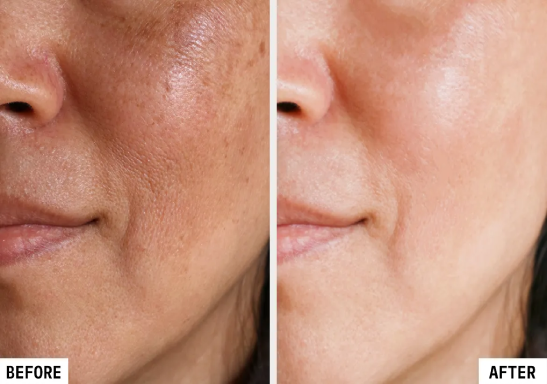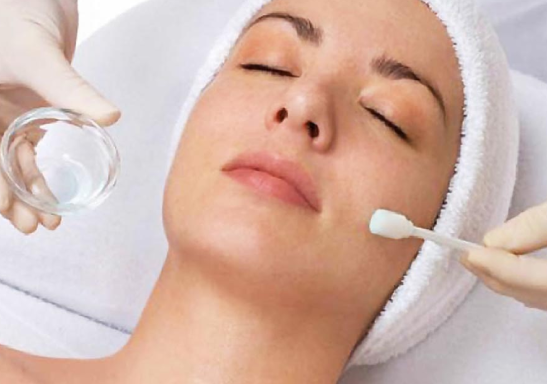Chemical Peels
- Home
- Chemical Peels

Symptoms
Chemical peels are ideal for people noticing dull, uneven skin tone, fine lines, acne scars, pigmentation, or rough skin texture. These skin changes may make the face look tired and aged, reducing its natural glow. Some patients also experience stubborn acne marks or sun damage that doesn’t improve with regular skincare.
Causes
The skin naturally sheds dead cells, but environmental pollution, sun exposure, aging, hormonal changes, and improper skincare can slow this process. As a result, dead skin cells accumulate, leading to roughness, discoloration, and clogged pores. Acne breakouts, prolonged sun damage, and lifestyle habits like smoking or poor diet can further worsen skin texture and tone.
Treatment
A chemical peel involves applying a safe, medical-grade solution to the skin, which gently exfoliates and removes the damaged top layer. This process stimulates cell turnover, revealing fresher, brighter, and smoother skin underneath. Chemical peels can be customized to target specific concerns like pigmentation, acne scars, or fine lines. Depending on the peel type—superficial, medium, or deep—there may be minimal downtime, and results often improve with multiple sessions.
Tips from our experts
After a chemical peel, protecting your skin is essential. Always apply sunscreen, avoid excessive sun exposure, and keep your skin hydrated with a gentle moisturizer. Avoid using harsh products or exfoliants for a few days to prevent irritation. Stay consistent with follow-up treatments and maintain a healthy lifestyle, including a balanced diet and hydration, to prolong the glow and smoothness achieved. For best results, consult a qualified dermatologist to choose the right type of peel for your skin.

Get the care you deserve
We offer all the services
you could possibly require.
With our expertise and dedication, you can expect nothing but the finest care for all your health concerns.
How this works?
- Register by filling out the form
- Book an appointment
- Consultation with a doctor
- We will offer diagnostic services if required
- Pay online or at the clinic

